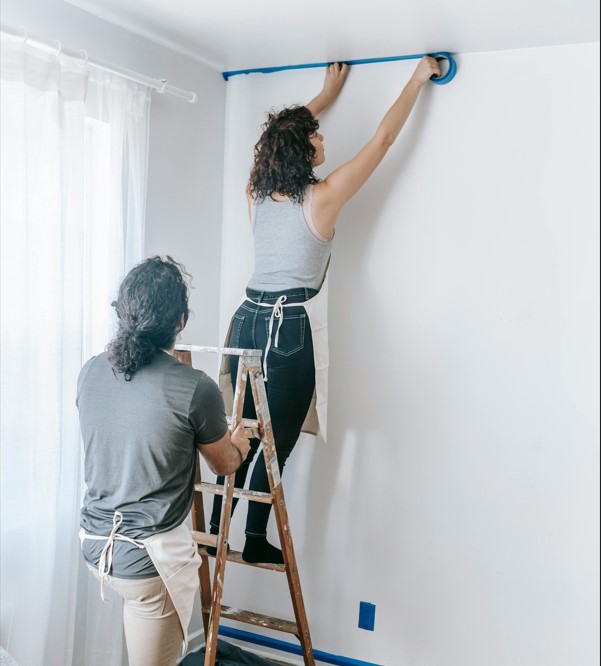What Is German Smear—and Why Does It Sometimes Go Wrong?
German smear (also known as mortar wash) is a popular DIY technique used to give brick walls or fireplaces a rustic, whitewashed look. It involves spreading a thin layer of mortar over the brick, allowing parts of the original texture to peek through. When done right, it creates an aged, European farmhouse feel.
But when it goes wrong? You’re left with a wall that looks sloppy, patchy, overly white, or just plain messy.
Don’t panic—most German smear issues can be corrected. Whether you used the wrong mortar, didn’t prep properly, or just don’t love the finished look, there’s hope.
Common German Smear Mistakes (And How to Fix Them)
1. It’s Too White or Too Opaque
What went wrong: You may have applied too much mortar or didn’t wipe off enough before it dried.
Fix it:
- Use a wire brush or sponge with water to soften and remove excess mortar. This is easiest within 24–48 hours of application.
- If it’s already dried, try light sanding with a masonry sponge or angle grinder to reveal more of the brick underneath.
- For stubborn areas, white vinegar can help soften mortar without damaging the brick.
2. The Texture Looks Uneven or Blotchy
What went wrong: Inconsistent mortar mixing, drying too fast, or applying uneven pressure during the smear.
Fix it:
- Spot-apply more mortar in sparse areas, feathering it out to blend.
- Mist with water before applying new mortar so it blends better.
- Add a whitewash glaze (paint + water mix) to even out the tone if needed.
3. You Can’t See the Brick at All
What went wrong: The smear layer is too thick or was applied to already-painted brick.
Fix it:
- Gently scrape off or sand top layers of mortar until brick shows through.
- If the mortar is fully cured, consider using a masonry stripper designed for lime or cement-based finishes.
⚠️ Important: Never use harsh chemical paint removers—they can damage your brick.
4. The Color Isn’t What You Expected
What went wrong: Mortar can dry lighter or darker depending on the type used (white, gray, or sanded). Plus, lighting plays a big role.
Fix it:
- Apply a color wash (diluted masonry paint) over the smear to tone it down.
- Or, consider going over the entire surface with a tinted mortar mix to better match your desired finish.
5. Mortar Is Cracking or Flaking Off
What went wrong: Bad surface prep, wrong mortar mix ratio, or applying over sealed or painted brick.
Fix it:
- Remove loose areas with a putty knife or stiff brush.
- Re-apply mortar using a proper Type N or S mix, depending on indoor vs. outdoor use.
- Make sure the surface is clean, unsealed, and slightly damp before starting over.
How to Avoid a German Smear Disaster Next Time
If you’re redoing the wall or trying it on a new surface, here are expert tips to ensure success:
✅ Prep Matters
- Clean the brick thoroughly (no dust, sealant, or paint)
- Mist the brick lightly before smearing
✅ Test a Small Area First
- Use a sample section to test thickness and look
- Let it dry overnight to see the final result
✅ Use the Right Mortar
- Choose Type N mortar for interior projects
- Add a little lime for a softer, more workable texture
✅ Work in Sections
- Don’t try to do a whole wall at once—mortar dries quickly
- Wipe/scrape while still pliable to control the final look
When to Consider Starting Over
If your smear is fully cured and you’re still unhappy, you may need to:
- Grind off the smear (using a masonry grinder)
- Paint over it for a fresh look
- Add faux mortar lines or texture to hide flaws
In extreme cases, hiring a professional may be worth the investment, especially for large or prominent walls.
Final Thoughts
German smear is a bold, beautiful DIY technique—but it’s also unforgiving if rushed or misapplied. If your German smear has gone bad, don’t worry: with the right tools and a bit of elbow grease, it can be fixed or even improved.
And if you’re just starting out, a little planning and a test patch can save you from having to undo a weekend’s worth of work.


